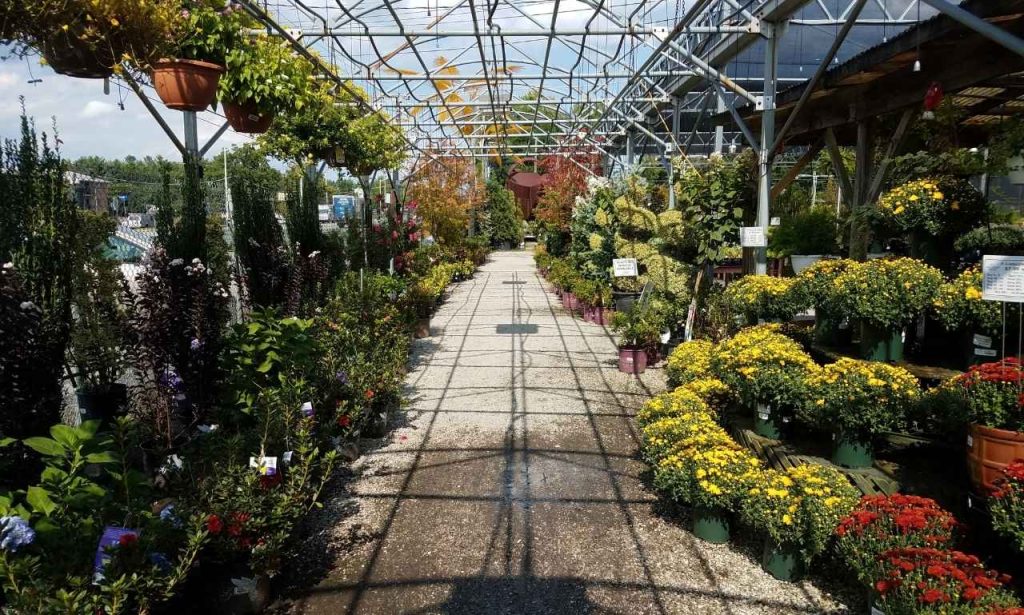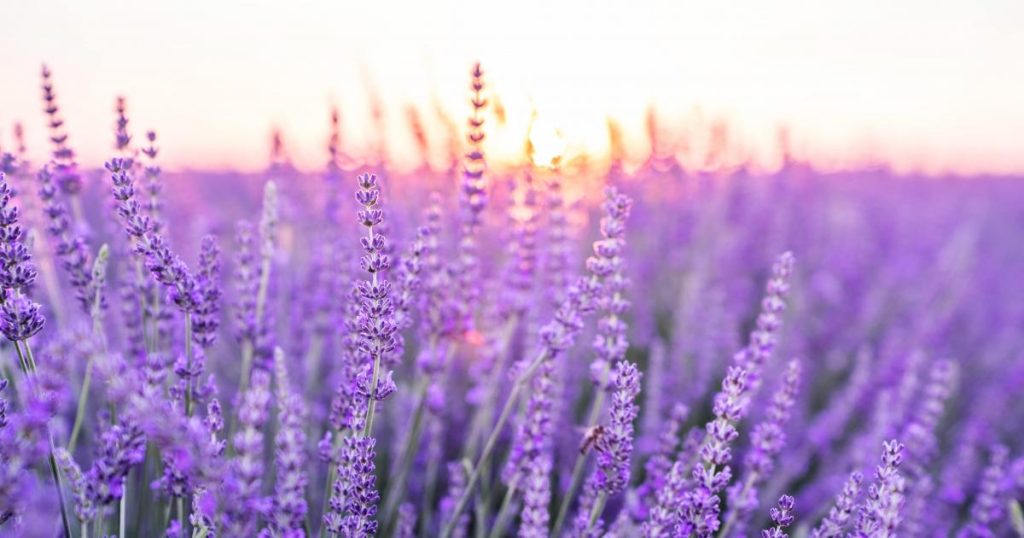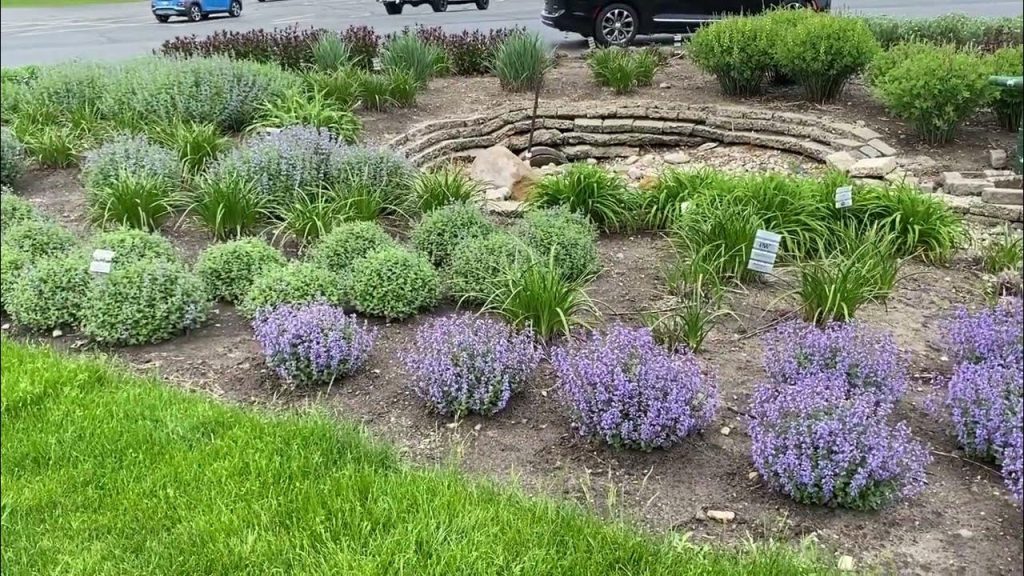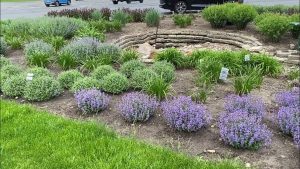Summer gardening often becomes a constant battle against the scorching heat. Many gardeners find themselves dragging hoses and filling watering cans multiple times daily. I learned this lesson the hard way during the brutal drought of 2018. My prized garden became a sad collection of wilted stems and crispy leaves. That experience changed how I approach summer planting forever.
Water conservation doesn’t mean sacrificing beautiful blooms. Choosing drought-resistant flowers saves time, money, and precious resources. The perfect summer garden combines beauty with practicality. These eight incredible flowers thrive in hot weather and need minimal watering to flourish.
Let’s explore these water-wise beauties that keep gardens vibrant throughout the summer. My neighbors always ask how my garden stays lush when others fade. The secret lies in these resilient bloomers that laugh in the face of drought.
What are annual flowers and plants?

Before discussing our water-efficient options, let’s clarify what annual flowers are. Annuals complete their entire life cycle in a single growing season. They sprout, grow, bloom, set seed, and die within one year. These plants often provide the most dramatic and longest-lasting color in gardens.
Most gardening centers offer countless annual varieties each spring. They typically produce more flowers and bloom longer than perennials. Annuals make perfect additions to containers, hanging baskets, and garden beds. Their quick growth and abundant blooms deliver instant gratification.
Some annuals reseed themselves readily, returning year after year without replanting. Others need replanting each season but reward gardeners with spectacular blooms. Annual flowers generally require more water than established perennials.
The distinction between annuals and perennials sometimes blurs in different climate zones. Plants considered perennial in warmer regions might behave as annuals in cooler areas. Understanding your specific growing zone helps select appropriate plants for your garden.
Summer Flowers You’ll Hardly Ever Have To Water
Now, let’s explore eight exceptional flowers that thrive with minimal watering. These beauties have adapted to survive in challenging conditions. Each brings unique colors, textures, and benefits to summer gardens.
My selections come from personal experience and consultations with local master gardeners. They’ve proven themselves in my zone 7 garden through multiple heat waves. These resilient bloomers have survived periods when temperatures exceeded 100°F for weeks.
Water-wise doesn’t mean bland or limited in color options. These plants offer vibrant hues and fascinating forms that enhance any landscape. Their drought tolerance makes them perfect for busy gardeners or in water-restricted areas.
Blanket Flower
Blanket Flower, scientifically known as Gaillardia, brings reliable color to summer gardens. Native Americans valued these cheerful blooms for their medicinal properties and durability. Their daisy-like flowers feature fiery red centers with yellow-tipped petals.
My grandmother always planted blanket flowers along her driveway, where watering proved difficult. They thrived despite neglect and poor soil conditions. Blanket Flowers grow quickly and establish deep roots that find moisture far below the surface.
These stunners bloom continuously from late spring until frost with minimal care. Deadheading spent blooms encourages more flowers throughout the season. Their bright colors attract butterflies and other beneficial pollinators to the garden.
Blanket Flowers prefer full sun and well-drained soil to perform their best. They hate wet feet and can rot if overwatered. Consider planting them on slopes or raised beds where water drains quickly.
The shorter varieties work beautifully in container arrangements. Taller types add wonderful height to perennial borders. Their ability to withstand drought makes them perfect for xeriscaping projects.
Globe Amaranth
Globe Amaranth, or Gomphrena, produces delightful ball-shaped flowers throughout the summer. These charming blooms originated in Central America but now grow worldwide. Their papery texture resembles clover blooms on steroids.
During my trip to Santa Fe last summer, I noticed these plants thriving in the desert heat. Local gardeners praised their resilience during water restrictions. Globe Amaranth comes in purple, white, pink, and orange varieties.
The blooms keep their color even when dried, making them exceptional for arrangements. Cut stems before they fully open for the longest-lasting bouquets. Their everlasting quality earned them the nickname “bachelor’s buttons” in Victorian times.
Growing about 1-2 feet tall, these plants fit perfectly in middle positions within flower beds. Their rounded form creates a wonderful contrast against spiky or trailing companions. Globe Amaranth loves hot weather and performs better with less water.
These plants attract beneficial insects while repelling many garden pests. Their slight honey scent draws pollinators but remains subtle enough for allergy sufferers. Globe Amaranth prefers poor soil and becomes leggy when overfertilized.
Lantana
Lantana delivers tropical vibes with minimal water requirements. This woody perennial originates from Central and South America. Its clusters of tiny flowers create a mesmerizing kaleidoscopic effect.
My patio containers feature lantana every summer because they never wilt in the heat. Their multicolored blooms often combine yellow, orange, pink, and red on a single plant. Lantanas’ ability to change flower colors as they age creates fascinating visual interest.
Hummingbirds and butterflies absolutely cannot resist lantana’s nectar-rich blooms. I’ve counted seven butterfly species visiting my plants in one afternoon. Their spreading habit provides excellent ground cover in difficult areas.
Lantana grows quickly and can become invasive in some regions. Planting sterile varieties prevents unwanted spreading through seeds. Their slightly sticky leaves deter deer and many common garden pests.
This plant requires excellent drainage to prevent root rot. Established plants survive weeks without supplemental water. Their aromatic foliage adds another sensory dimension to garden experiences.
Butterfly Bush
Butterfly Bush presents fountain-like sprays of fragrant flowers that pollinators adore. This deciduous shrub originally came from China but adapts to various climates. My husband wanted to remove ours until he witnessed the wildlife it attracted.
The cone-shaped purple, pink, or white flower clusters bloom from summer until frost. Some newer varieties feature remarkable orange or yellow blooms. Their honey-like fragrance perfumes the entire garden during warm afternoons.
As its name suggests, Butterfly Bush serves as a pollinator magnet. The amount of butterfly activity around these plants truly amazes garden visitors. Their arching branches create graceful movement in landscape designs.
These shrubs grow quickly and reach 5-10 feet tall in favorable conditions. Pruning hard in early spring encourages bushier growth and more flowers. Butterfly Bush performs best in full sun with well-drained soil.
Once established, these plants rarely need supplemental watering except during extreme drought. Their deep root system pulls moisture from surprising depths. Butterfly Bush works beautifully as a focal point or informal hedge.
Lavender

Lavender brings Mediterranean charm and incredible drought tolerance to gardens. This aromatic herb has been treasured for centuries across many cultures. Growing up, my aunt’s lavender hedge survived without irrigation through Virginia summers.
Purple-blue flower spikes emerge above silvery-gray foliage in early summer. Lavender’s distinctive scent has been proven to calm the nervous system. Its neat mounding habit adds structure to informal garden designs.
Bees cover lavender when in bloom, making it essential for pollinator gardens. The edible flowers add wonderful flavor to shortbread cookies and lemonade. Dried lavender retains its fragrance for months in sachets and arrangements.
This herb requires exceptionally well-drained soil and struggles in humid conditions. Planting on slopes or in raised beds improves their chances of success. Lavender detests wet feet and can rot quickly in poorly drained locations.
Established plants thrive with neglect and produce more intense fragrance when slightly stressed. French and Spanish lavender varieties generally tolerate heat better than English types. Their woody stems provide winter interest when flowers have faded.
Purple Coneflower
Purple Coneflower, botanically called Echinacea, combines beauty with medicinal benefits. Native to American prairies, these plants evolved to survive harsh conditions. My grandmother taught me to make immune-boosting tea from the roots.
The distinctive daisy-like flowers feature drooping pink-purple petals around prominent central cones. New varieties offer yellow, orange, white, and even green-flowered options. Their strong stems prevent flopping, even during summer storms.
Goldfinches and other songbirds feast on coneflower seeds during fall and winter. Leaving some seedheads standing provides important wildlife food. The plants self-seed moderately without becoming invasive in most gardens.
Purple Coneflowers reach 2-4 feet tall and make excellent middle-layer perennials. Their upright form creates beautiful vertical accents in mixed borders. These natives prefer full sun but tolerate light afternoon shade.
Once established, coneflowers rarely need supplemental watering except during severe drought. Their deep taproots access moisture unavailable to shallow-rooted plants. Dividing clumps every few years maintains vigor and flowering.
Dianthus
Dianthus brings spicy fragrance and prolonged blooming to summer gardens. These charming flowers, which have a clove-like scent, are a remnant of medieval cottage gardens. They remind me of my grandfather’s favorite carnation buttonhole.
The perfectly formed blooms often feature contrasting centers or picotee edges. Colors range from pure white through pinks to deepest burgundy. Many varieties display intricate patterns that appear hand-painted.
Shorter forms create wonderful edging plants along garden paths. Taller types provide excellent cutting flowers for fragrant bouquets. Dianthus flowers last remarkably long in vases, often exceeding two weeks.
These plants prefer lean soil and resent excessive fertilizer. Too much nitrogen promotes lush foliage at the expense of flowers. Their compact growth habit works beautifully in containers or rock gardens.
Established dianthus plants demonstrate surprising drought tolerance despite their delicate appearance. They bloom heaviest in spring but continue flowering sporadically through summer. Shearing plants lightly after initial blooming promotes additional flower flushes.
Catmint

Catmint provides months of lavender-blue flowers with minimal care. This European native has enhanced gardens for centuries. My landscape designer friend calls it “the easiest perennial” in her professional toolkit.
The aromatic gray-green foliage forms attractive mounds even when not flowering. Soft, billowing flowers create a wonderful contrast against bolder companions. Catmint’s gentle fragrance deters many garden pests while attracting beneficial insects.
As suggested by its name, cats often find this plant irresistible. The aromatic oils trigger euphoric responses similar to catnip. Planting through chicken wire prevents feline damage while allowing normal growth.
Catmint grows quickly and can reach 2-3 feet in height and width. Shearing plants back by half after initial flowering promotes second and third blooms. Their tidy habit requires minimal maintenance throughout the growing season.
These plants thrive in full sun but appreciate afternoon shade in the hottest regions. Established clumps sail through drought with minimal supplemental water. Catmint performs beautifully as a soft edging for roses or with ornamental grasses.
Conclusion
Creating a water-wise summer garden doesn’t require sacrificing beauty or variety. These eight remarkable flowers prove that drought tolerance can come in many forms. My garden has transformed since incorporating these resilient bloomers.
Choosing appropriate plants represents the most important step toward sustainable gardening. Working with nature rather than fighting it reduces resources while increasing enjoyment. These flowers attract beneficial wildlife while requiring minimal maintenance.
Consider your specific growing conditions when selecting from these options. Soil type, sun exposure, and humidity levels influence plant performance. Start with smaller quantities and expand as you discover which varieties thrive in your unique microclimate.
Water-wise gardening becomes increasingly important as climate patterns shift. These beautiful, resilient flowers help create sustainable landscapes for the future. Happy gardening, and enjoy those extra hours not spent dragging hoses around!
Also Read: How to Design a Stylish Minimalist Home
FAQs
Most need weekly watering during establishment, then every 2-3 weeks once mature.
Yes! Lantana, Butterfly Bush, and Purple Coneflower mainly attract pollinators.
Absolutely. Ensure that containers have excellent drainage and are sized appropriately.
They prefer well-drained soil, and many thrive in poor soil where other plants struggle.
Early spring or fall allows root systems to establish before summer heat arrives.



